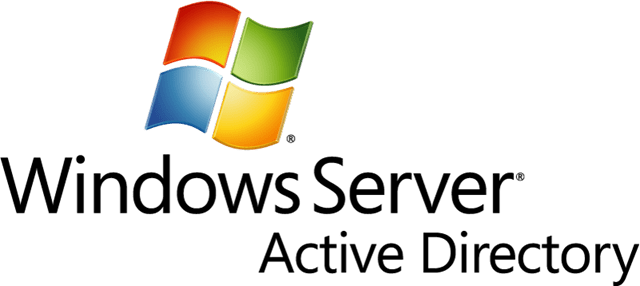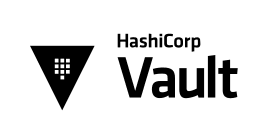Category: Tutorials
The Liquid Web knowledgebase provides information on thousands of topics surrounding every aspect of hosting, Linux, Windows, and countless other article types that help boost your Liquid Web experience!
How To Install and Configure CloudPanel on Ubuntu 20.04
Everyone likes a good control panel to manage their servers. When a control panel is built for maximum security and performance, supports major clouds such as Google Cloud or Azure, and is free, what else can one do but try it. In this tutorial, we will cover the installation and configuration of CloudPanel, which is a free control panel that focuses on PHP applications.
What is a Webhook?
Webhooks are an essential building block in our modern cloud ecosystem. They are used to feed real-time data from one app into another by responding to a triggered event and are used for all kinds of notification and automation systems.
How To Install and Configure an Istio Service Mesh
What is a Service Mesh?
A service mesh is a layer that aids the interaction between services or microservices. It helps control the flow of incidental information between services using a logic built into the service mesh. The mesh itself utilizes what’s called a sidecar proxy to share that data over the network.
What is Desktop-as-a-Service?

Introduction
As firms advance towards a more modern infrastructure, the Desktop-as-a-Service (DaaS) model is becoming an increasingly popular cloud-based system. Desktop-as-a-Service is a multi-tenant, cloud computing solution in which a service provider furnishes a virtual desktop to an end-user over the internet. A provider typically manages the infrastructure, including the security updates, available desktop applications, data storage, and backups. In specific instances, DaaS users manage these services individually. According to Gartner via Workspot:
Alert Logic Security and Compliance Suite
Introduction
Intrusion detection systems (IDSs) are an ever-present requirement in a cybersecurity infrastructure to ensure a server or internal network is protected. An intrusion detection system is either a hardware device or software program that actively monitors a server or group of servers for network policy violations or malicious activity. Any suspicious activity, attempted attack, or policy violation is reported and logged to a centrally located security information and event management (SIEM) system database, or directly to a security administrator for further review. This article explores Liquid Web’s intrusion detection product called Alert Logic Security and Compliance Suite.
How To Filter Spam Email

Introduction
Email. We all use it, and we all have spam issues from time to time. Whether you use Gmail, Outlook, Hotmail, Apple Mail, or another type of webmail software, spam is an annoyance that robs us of precious time that should be made available for more worthwhile pursuits. This article will demonstrate multiple methods for filtering out a significant portion of bothersome and inconvenient spam from our inbox.
How To Set up and Use Active Directory

Introduction
This article will discuss the importance of Active Directory (AD), along with what it is, what it does, installation, and configuration. We must state in advance that there have been entire books written about AD. While we will touch on the significant aspects of its functionality, more in-depth information can be found online.
How To Install and Configure Vault

What is Vault?
Vault protects and secures access to multiple types of confidential data. It stores and manages sensitive password information, API keys, and access tokens that exist in a low trust environment and generates dynamic access to authenticate users to ensure they have authorized ingress and availability to a file, location, service, or application.
Threat Stack Intrusion Detection System
Introduction
This article will review some of the more technical aspects of Threat Stack. Threat Stack is a platform-independent intrusion detection system (IDS) designed to provide users with a unique view into various integrated server security functions. It monitors both Linux and Windows servers as well as Kubernetes or other container-based server infrastructures to observe behaviors and detect malicious, uncommon, and risky activity.
Microsoft Exchange Server Security Update
Introduction

In this article, we provide updated information concerning the ongoing threat posed by the malware directed at Microsoft Exchange Servers noted in CVE-2021-26855. We also furnish the steps needed to update and secure your Microsoft Exchange Server. In a recent post, the Cybersecurity & Infrastructure Security Agency posted a priority security advisory regarding the recent Microsoft Exchange Server vulnerability. They state:
Our Sales and Support teams are available 24 hours by phone or e-mail to assist.

